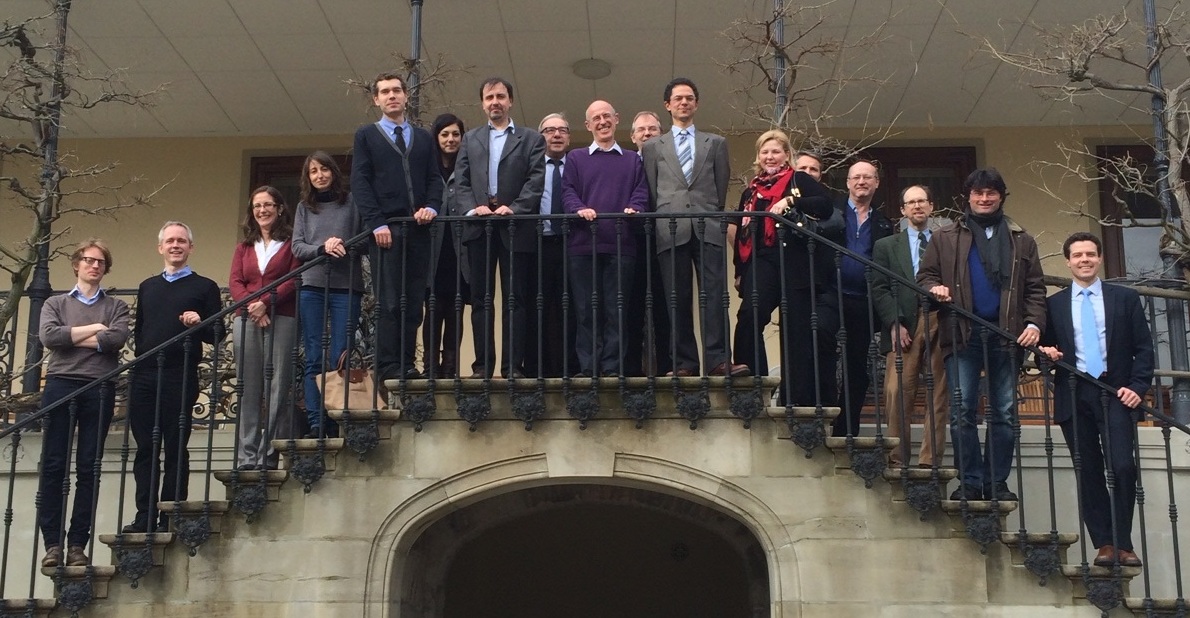Knauer’s original commentary on the Aeneid listed places of parallelism with Homer’s Iliad, but did not specify criteria for intertextuality. The Google Docs spreadsheet below uses Knauer’s citations of the Aeneid, Book I, with his citations of the Iliad and lists the verbal correspondences between the Latin and the Greek. This work began in September, 2013 and has been intermittently edited and expanded up until June, 2014, when it has been mostly completed.
It is free to use with credit to Tesserae and Konnor Clark, who compiled the list.
https://docs.google.com/spreadsheet/ccc?key=0AmBfs72ChHaodDJPV2s1Mk1EeW5lRm5HNnRLN1hHV2c&usp=sharing

